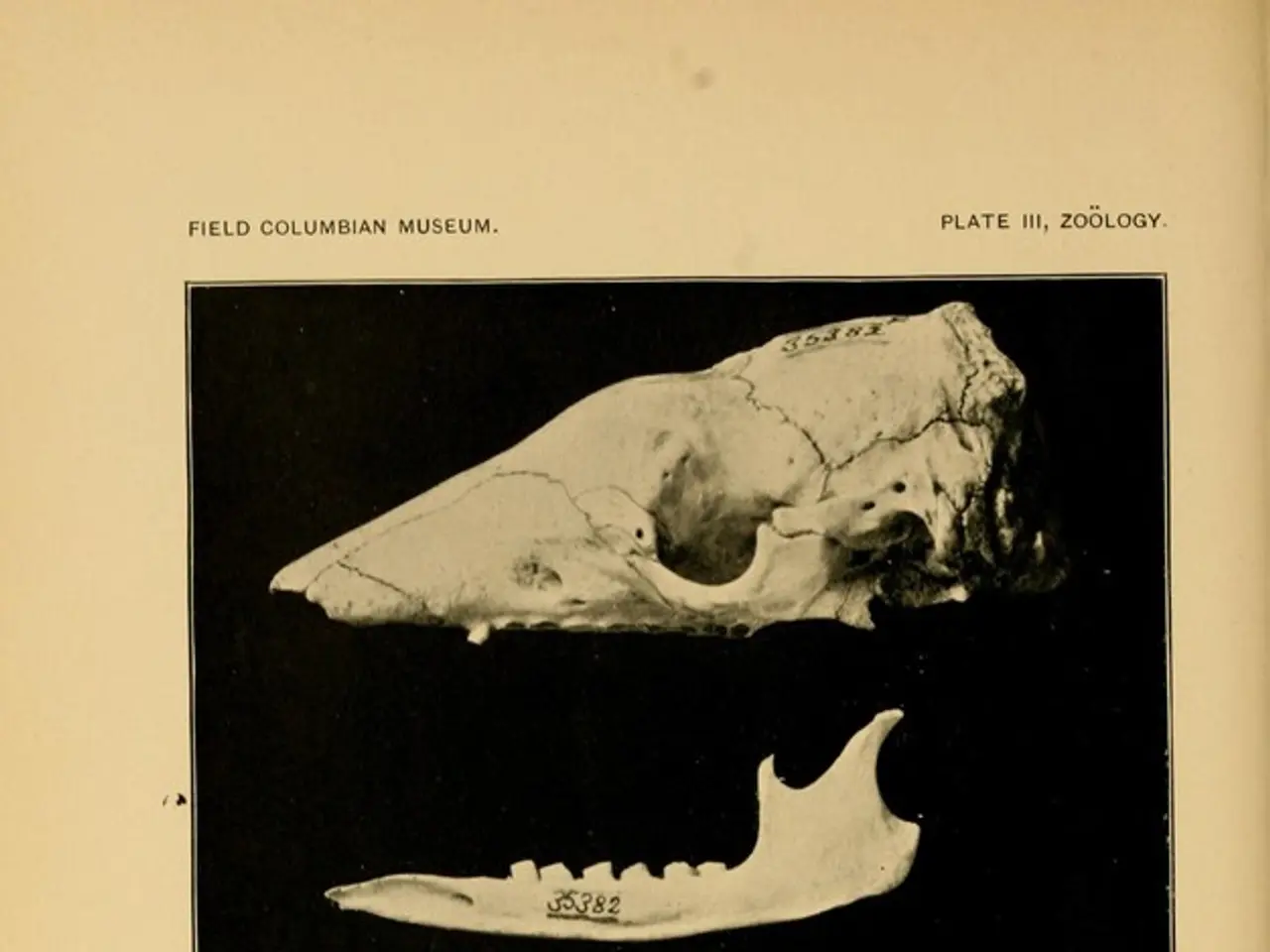Degenerative disc disease: Causes and Remedies
In the realm of spinal health, degenerative disc disease (DDD) is a common condition that affects many individuals as they age. This ailment, characterized by the natural deterioration of the discs between the vertebrae, can lead to a range of discomfort, from mild to severe and debilitating.
One such treatment for DDD is Intradiscal Electrothermal Annuloplasty (IDET), a minimally invasive procedure aimed at alleviating chronic discogenic low back pain. The mechanism behind IDET involves the insertion of a flexible catheter into the intervertebral disc, followed by the delivery of controlled heat to the annulus fibrosus, the tough outer layer of the disc. This process aims to denature collagen fibers within the annulus, potentially reducing the presence of pain-generating nerve endings and helping to stabilize annular tears by promoting collagen remodeling.
However, the effectiveness of IDET has been a subject of debate within the medical community. While some patients have reported pain relief and improved function after the procedure, the net benefit of IDET remains uncertain due to variability in outcomes and limited high-quality evidence supporting its efficacy.
Various clinical guidelines and systematic reviews have evaluated IDET over time. Early guidelines, such as ASIPP 2013, gave IDET a moderate recommendation. However, subsequent guidelines—like those from NASS (2014) and PSSS (2016)—have labelled the evidence for IDET as insufficient, and current consensus places its recommendation as weak. A recent systematic review even scored its recommendation for herniated lumbar disc (HLD) treatment at 0.7, reflecting limited evidence.
In comparison, minimally invasive techniques such as percutaneous endoscopic discectomy and tubular discectomy have shown stronger and more consistent evidence for effectiveness.
As for degenerative disc disease itself, it is a natural occurrence that comes with aging, not a disease. The rubbery discs between the vertebrae, which normally allow for flexing and bending of the back like shock absorbers, can undergo changes due to repeated daily stresses on the spine, occasional injuries, and strenuous physical work. These changes can affect the nerves, leading to pain, weakness, and numbness. In severe cases, spinal stenosis, or narrowing of the spinal canal, can also occur.
Treatment for DDD can vary and may include medications, such as pain relief medication, non-steroidal anti-inflammatory drugs, steroids, and muscle relaxers. Imaging scans like CT or MRI may be ordered to gather information about the state of the spinal nerves, discs, and alignment. Additionally, a corset or brace can offer support for the back, while some positions, such as kneeling or reclining, can help relieve symptoms.
In the quest for innovative treatments, stem cell therapy is being researched as a potential solution for DDD, with the aim of encouraging functional cartilage to generate itself.
While IDET offers a promising approach to managing DDD, its effectiveness remains a topic of ongoing discussion within the medical community. It is essential for individuals experiencing symptoms of DDD to consult with their healthcare providers to determine the most suitable treatment plan for their unique circumstances.
- Predictive analysis in science can help medical professionals anticipate the progression of degenerative disc disease (DDD) in individuals, enabling early interventions.
- DDD is not just a disease; it's a natural consequence of aging, albeit aggravated by factors such as repeated stress, occasional injuries, and strenuous work.
- Diseases like Crohn's, bipolar, type 1 and type 2 diabetes, obesity, eczema, psoriatic arthritis, depression, and chronic kidney disease are common chronic medical conditions.
- Back pain resulting from DDD can be manageable with treatments such as Intradiscal Electrothermal Annuloplasty (IDET), but its effectiveness remains debatable.
- The health and wellness industry encourages fitness and exercise as preventive measures against DDD and other chronic diseases.
- Various therapies and treatments are available for conditions like atopic dermatitis, HIV, hepatitis, ankylosing spondylitis, and spondylitis, each requiring specific approaches due to their unique nature.
- Nutrition plays a crucial role in managing and preventing chronic illnesses, including DDD, obesity, and diabetes.
- The Annulus Fibrosus, the tough outer layer of the intervertebral disc, is targeted during IDET to reduce pain-generating nerve endings and promote collagen remodeling.
- In the realm of mental health, depression, anxiety, and bipolar disorder are common conditions that require consistent medical attention and sometimes, therapeutic interventions.
- CBD, a compound derived from cannabis, is being researched as a potential treatment for chronic pain, inflammation, and certain mental health disorders.
- Clinical guidelines, such as ASIPP 2013, NASS 2014, and PSSS 2016, provide recommendations for the use of IDET based on available evidence.
- Minimally invasive techniques like percutaneous endoscopic discectomy and tubular discectomy have shown stronger and more consistent evidence for effectiveness in treating DDD compared to IDET.
- Stem cell therapy holds promise as a future solution for DDD, with the potential to encourage the generation of functional cartilage.
- While IDET offers a promising approach, it's crucial for individuals to consult with healthcare providers for personalized treatment plans considering factors like their overall health, specific symptoms, and individual response to treatment.
- The ongoing discussion within the medical community about the effectiveness of IDET underscores the importance of continuously refining and improving therapies and treatments for chronic diseases like DDD.




